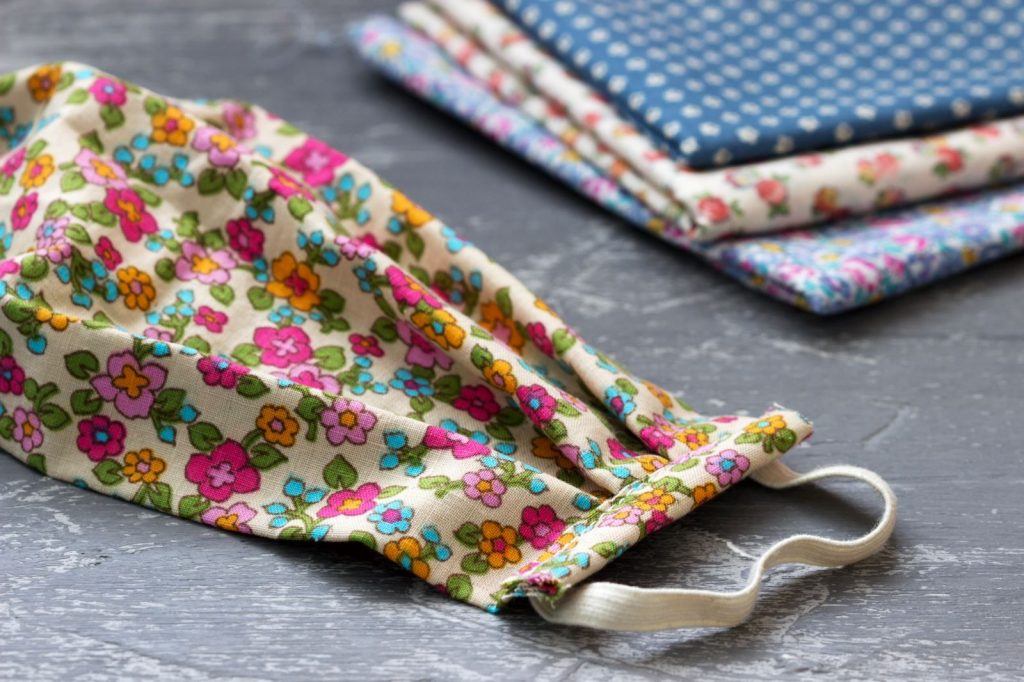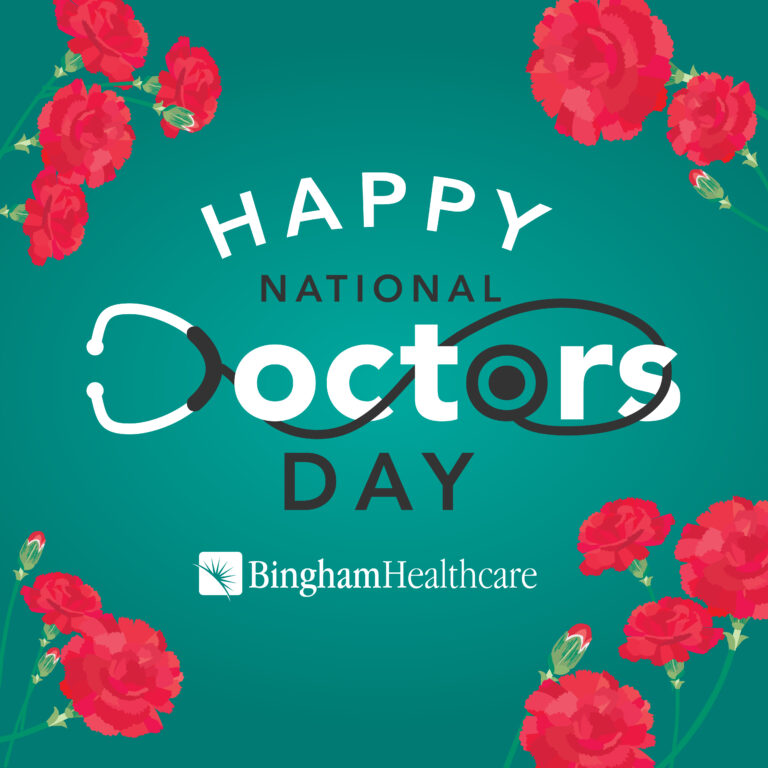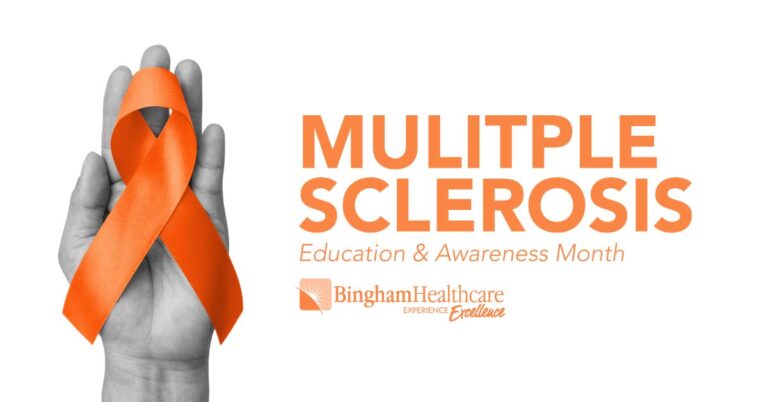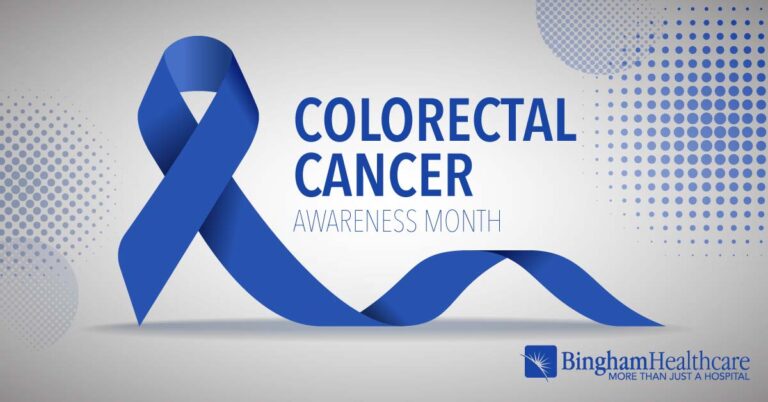
How to Make and Wear Face Cloth (Masks) Coverings
MAKE A FACE COVERING
Here are three versions of how to make a face covering.
HOW TO PROPERLY WEAR A FACE COVERING
HOWEVER, infants should NOT be wearing face masks or face cloth coverings.
The CDC also says that you should not put face cloth coverings on young children under the age of 2, anyone who has trouble breathing, or is unconscious, incapacitated, or unable to remove the mask without assistance.
Please do not cover the nose or mouth of an infant with anything, and the best way to keep them safe is to leave them home with another caregiver should you need to go out.
Further, a face mask is not a replacement for washing your hands frequently—and thoroughly—throughout the day, as well as avoiding touching your face. Face masks help to prevent you from getting others sick, not to protect you from getting sick. Face masks won’t make you invincible, but they are certainly a safety precaution that you and your loved ones can take during these unprecedented times.
Our healthcare professionals highly recommend that you do wear a face mask when out in public and to keep a 6-foot distance between yourself and others to help prevent the spread of COVID-19.
Our content is reviewed regularly and is updated when new and relevant evidence is made available. This information is neither intended nor implied to be a substitute for professional medical advice. Always seek the advice of your physician or other qualified health provider prior to starting any new treatment or with questions regarding a medical condition.



